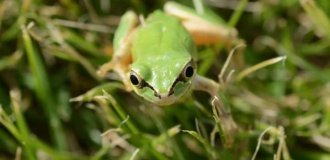The strangest, funny and bizarre creatures living on Earth. Part 2 (26 photos)
Nature has created so many different types of living beings that you can study them endlessly. Let's go with the Strangest project Wildlife look at the most amazing, unusual, strange and charming animals of our planet. 
1. Harpy silkworm caterpillar (Cerura vinula) 
They say that the caterpillars of a moth called Harpy big (silkworm harpy) resemble a Persian cat. Therefore, in English called Puss Moth. Despite such a cute name, this is one of the most poisonous caterpillars in North America.
2. Pink transparent fantasy (Enypniastes) 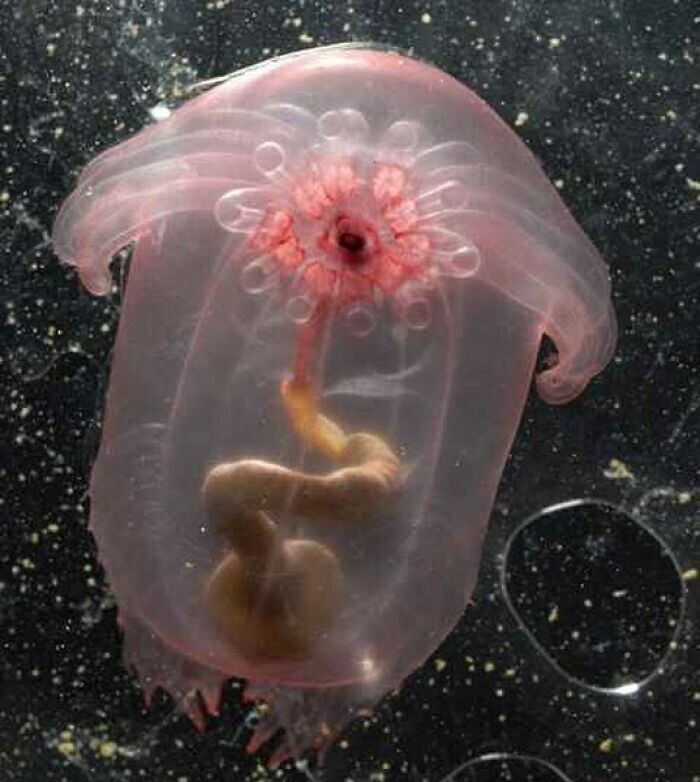
This incredible creature, recently discovered - a previously unknown species of free-floating sea cucumber. Call this one sea cucumber is also a headless chicken monster, a Spanish dancer... in general, as soon as they are not called.
3. Flower praying mantis (Hymenopus coronatus) 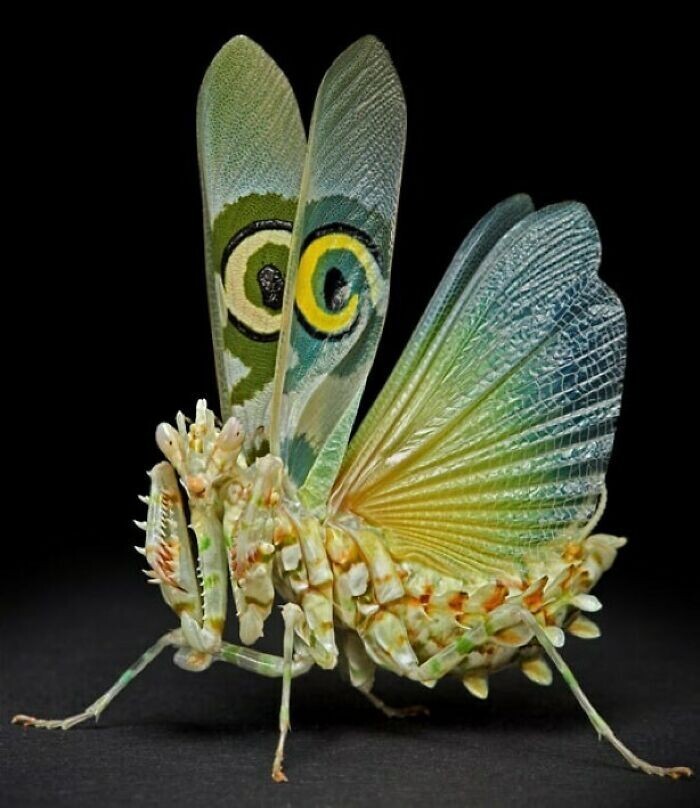
Flower praying mantises are those types of praying mantis that imitate flowers. Them coloration is an example of aggressive mimicry, a form of camouflage which the colors and patterns of a predator lure prey.
4. Spiny dragon (Moloch horridus) 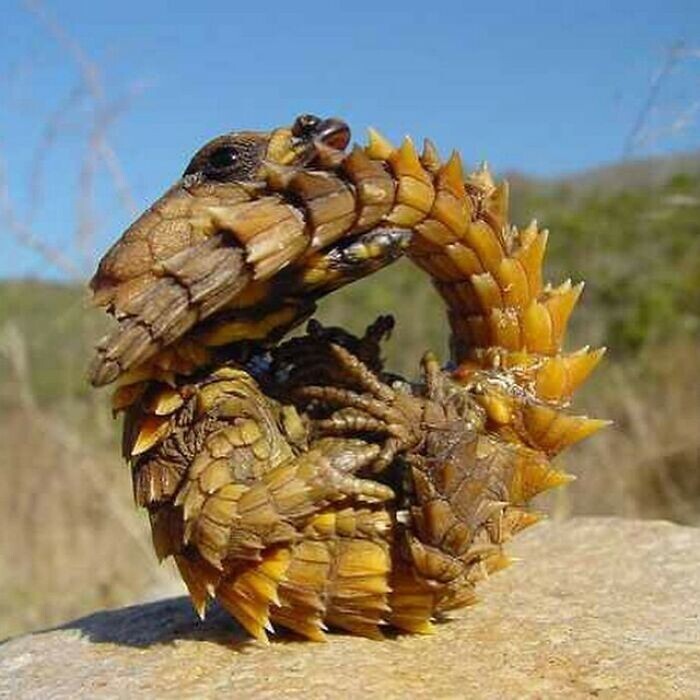
The spiny dragon or spiny devil is an Australian lizard, also known as mountain devil, spiny lizard or moloch. It's the only one species of the genus Moloch. The spiny devil grows up to 20 cm long and can live up to 20 years old. Most of these lizards are painted in camouflage colors. desert brown and brown.
5. Striped catfish (Anarhichas lupus) 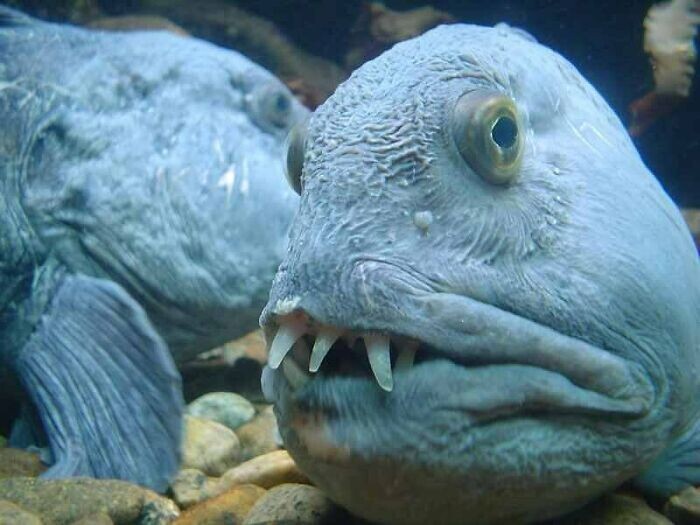
The striped catfish is also known as the sea wolf, Atlantic catfish, ocean catfish, devil fish, eel wolf. This is a marine fish detachment scorpionfish, which lives in cold waters and has a natural antifreeze in your blood. The number of catfish is rapidly declining, as believed to be due to overfishing.
6. Maned wolf (Chrysocyon brachyurus) 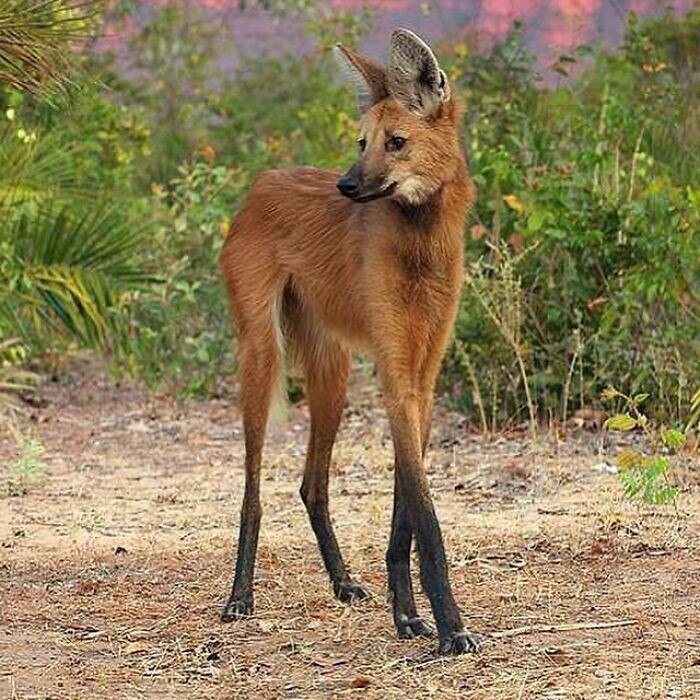
The maned wolf (guara, aguarachai) is a predatory mammal, the largest of canines in South America. Its markings resemble those of a fox, but it is not a fox and not a wolf as it is not closely related to other canids. it the only species in the genus Chrysocyon (meaning "golden dog").
7 Glass Frog (Centrolenidae) 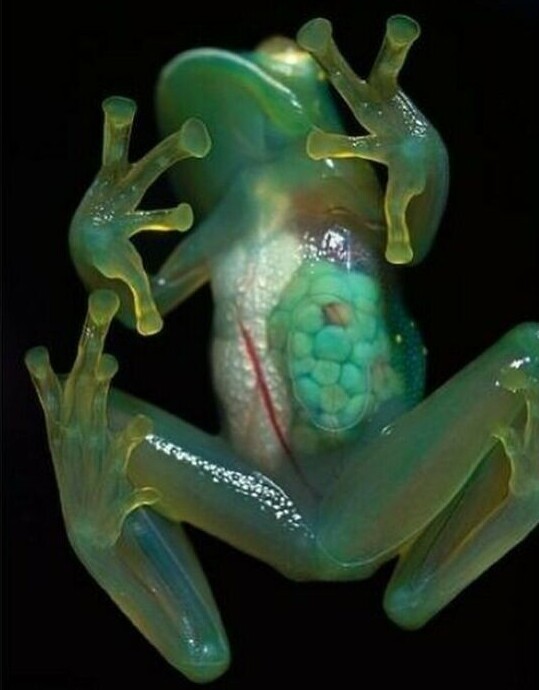
The general background coloration of most glass frogs is mainly lemon green, the skin on the abdomen in some representatives of this family translucent. Internal organs, including the heart, liver and gastrointestinal tract, perfectly visible through this translucent skin, hence the name.
8 Ghost Fish (Opisthoproctidae) 
It is a small deep-sea fish that lives in tropical and temperate waters of the Atlantic, Pacific and Indian oceans. She has unusual eyes of a cylindrical shape, which are usually directed upwards. The eyes are enclosed in a large transparent soft tissue dome. Some members of the family also have a transparent forehead and there are photophores (luminous organs).
9. Brown Pacu (Colossoma macropomum) 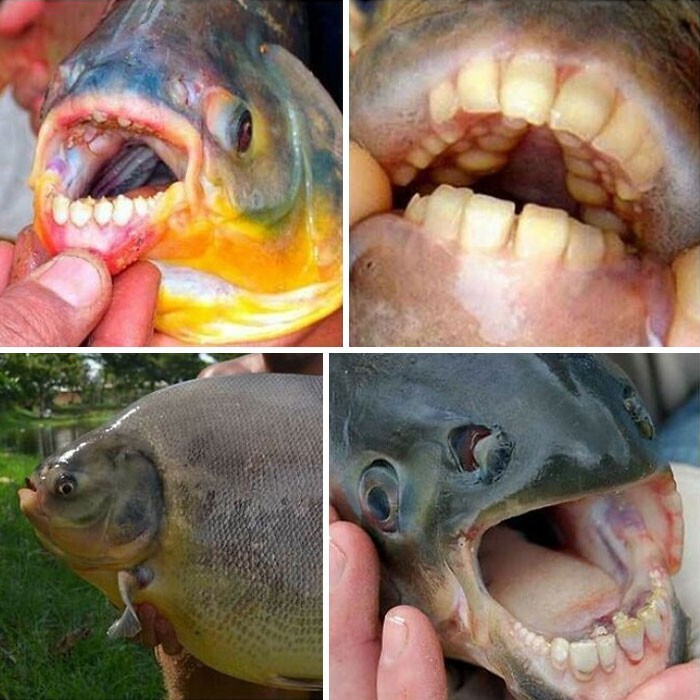
Pacu is a common species of South American freshwater fish, teeth which are very human-like. This species is related to piranhas. Only piranhas have pointed, razor-sharp teeth with a pronounced bite, and the pacu has more square and straight teeth, and less pronounced bite. In addition, adult pacu are much larger than piranhas.
10 German Wasp (Mutillidae) 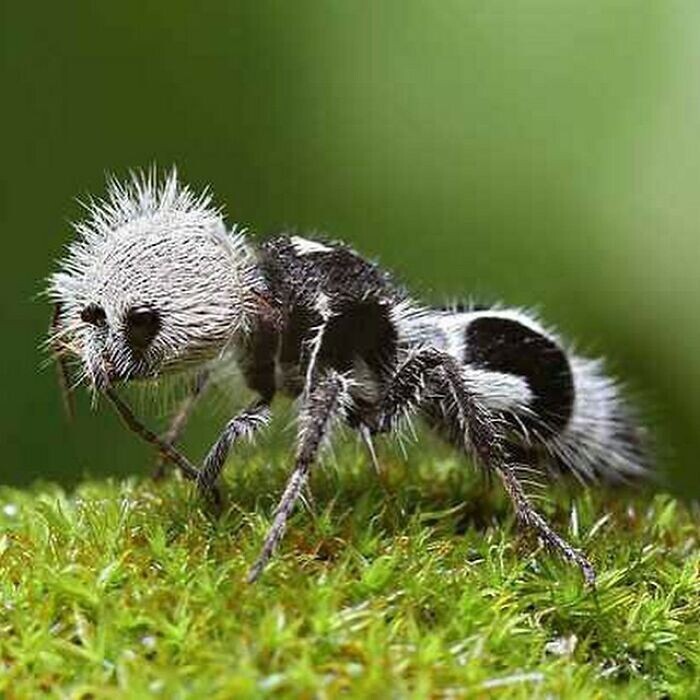
Mutillidae is a family of over 3,000 wasp species whose wingless females resemble large fluffy (velvet) ants. They are known for their extremely painful stings, hence the common name "cow killer" Black and white specimens are sometimes called panda ants. because of the colour.
11. Tarsier(Tarsius) 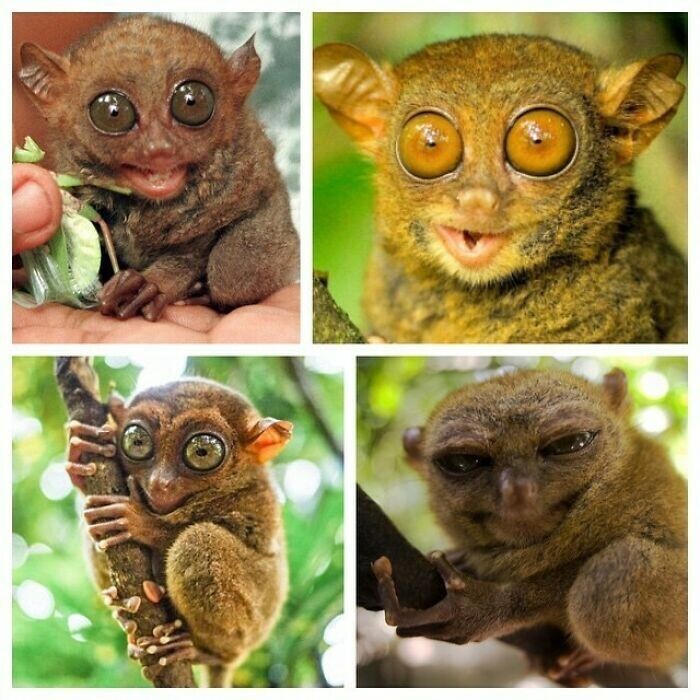
Tarsier is a small primate weighing about 150 g. It has an amazing large eyes, each the same size and weight as its brain. Length the hind limbs of the tarsier is the result of elongation of the bones tarsus of the foot, unique to mammals. All types of tarsiers they are equally good at jumping and clinging. Once upon a time they were wide distributed in North America, Europe and Asia. Today their range limited to the wooded archipelagos of Southeast Asia.
12. Malayan Tapir (Tapirus indicus) 
The Malayan tapir, also called the Asian tapir, is the largest of the five tapir species and the only one native to Asia. Animal easily recognizable by its markings, primarily by its light spot.
13. Crocodile Whiteblood (Chaenocephalus aceratus) 
This unique fish has no scales and no hemoglobin in its blood. substance that gives the blood a red color. Such an unusual look thrive in part due to the high oxygen content of cold waters Southern Ocean. This fish has also developed the ability to use blood plasma to circulate oxygen throughout the body.
14. Big tiger fish (Hydrocynus goliath) 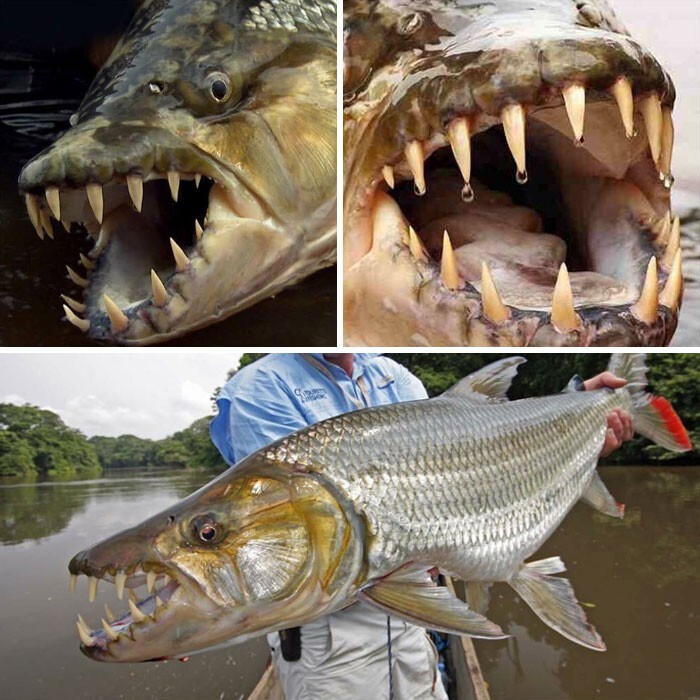
The goliath tigerfish, the giant tigerfish or mbenga, is African predatory freshwater fish. It grows up to 1.5 meters in length and weighs up to 15 kg. Several cases have been reported in the Congo when this fish attacked people, mistaking them for large fish. By according to local residents living near the river, attack people this fish makes the evil spirit "mbenga", which sometimes inhabits her.
15. Pangolin (Pholidota) 
The pangolin has large protective keratin scales that cover skin. It is the only known mammal with this adaptation. They are live in tree hollows or burrows, depending on the species, and lead a nocturnal Lifestyle. The diet consists mainly of ants and termites, which they catch with their long, specially adapted tongues.
16. Common moonfish (Mola mola) 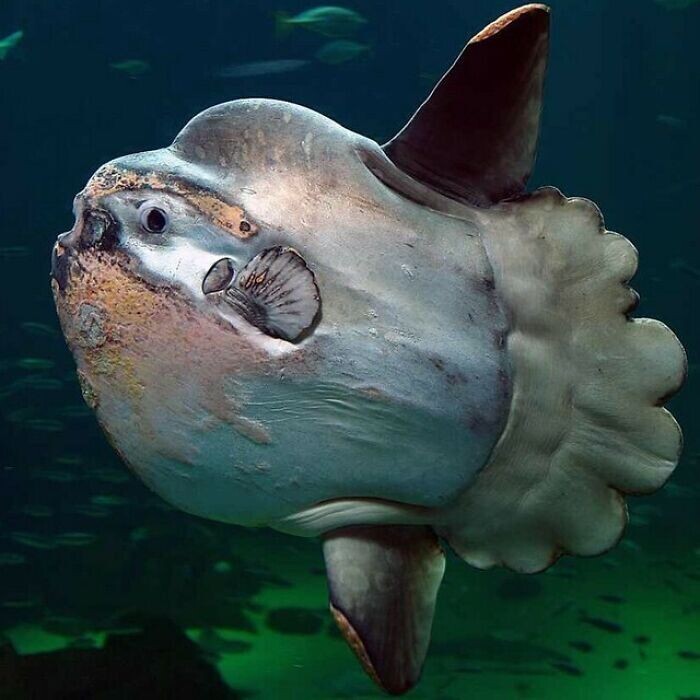
Mola mola, also known as the moon fish, sun fish or head fish, can grow up to 1.8–3.3 m and weigh 1000 kg! The heaviest of bones fish. She seems docile towards humans, and many divers enjoyed the company of ocean sunfish during the underwater swimming.
17. Smiling Spider (Theridion grallator) 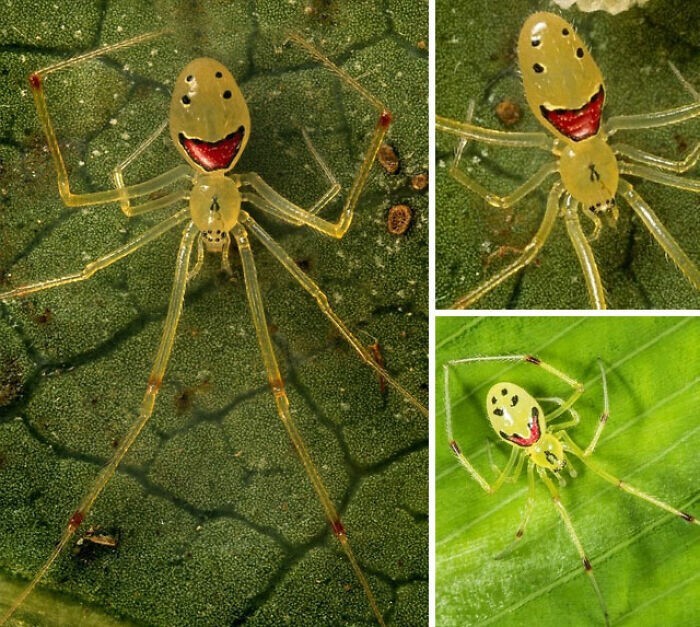
Its Hawaiian name is nananana macaki (face pattern spider). patterns may differ, then a smiley, then the face of a clown, then something else interesting. Or it may not exist at all. This option may be kind of camouflage against birds.
18. Pygmy marmoset (Cebuella Pygmaea) 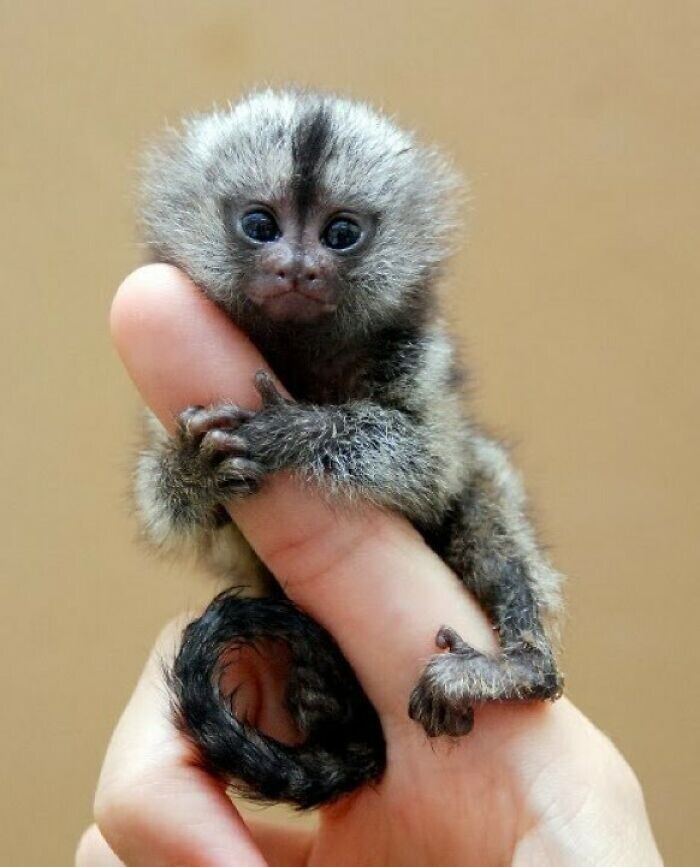
This is a small New World monkey that lives in tropical forests. western part of the Amazon basin in South America. She is known for being is the smallest monkey and one of the smallest primates in world, its weight is just over 100 grams.
19. Colonist Agama (Agama mwanzae) 
This lizard of the Agam family due to its coloration is sometimes called Spider-Man (and keep as a pet). But also really looks like it! It lives in Tanzania, Rwanda and Kenya, in semi-deserts, and it can often be seen in the heat of the day basking on rocks or hills.
20. Deep sea hatchetfish (Sternoptychinae) 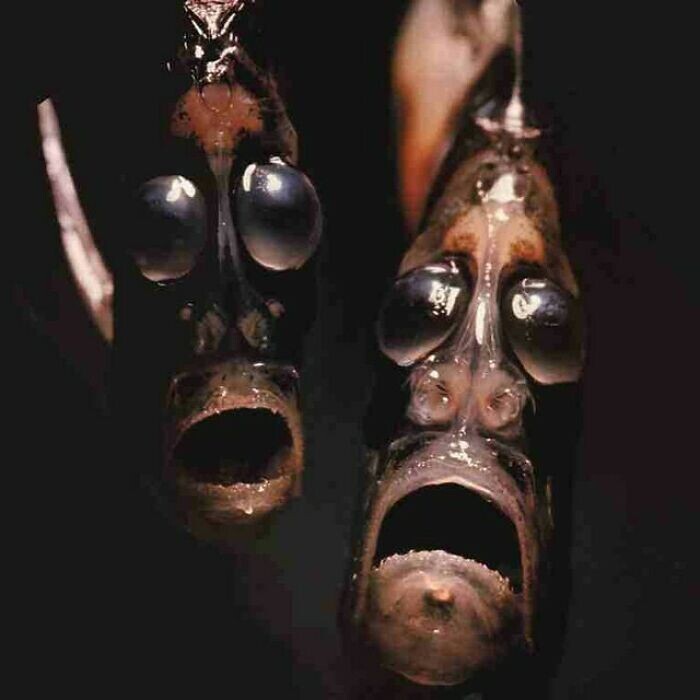
Deep-sea hatchetfish are small ray-finned fish. They exist about 45 species. Fish got their name thanks to the extremely thin body, resembling an ax blade. They are also able to create own light through a process called bioluminescence.
Photophores run along the entire length of the body. Hatchet fish found in most temperate waters worldwide and at depths from 180 to 1370 meters.
21. Galago (Galagidae) 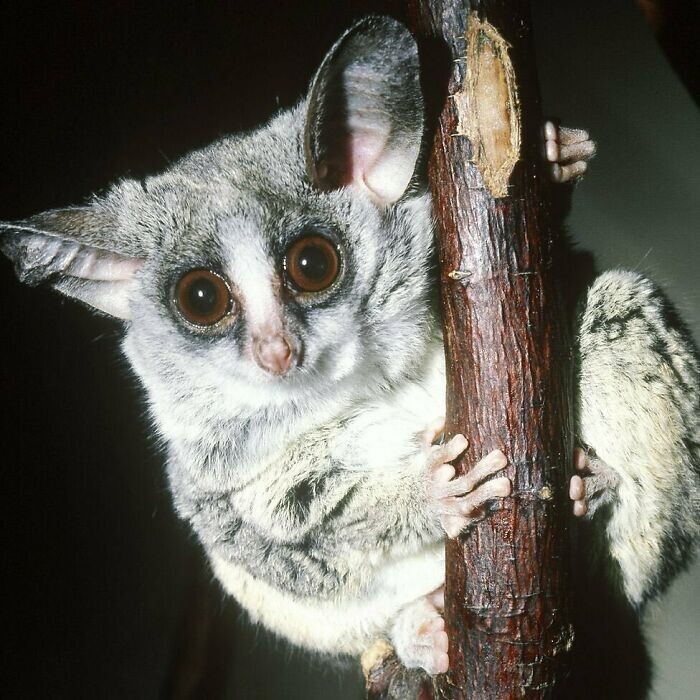
At least 20 species of galago are known, although some experts believe that many of them are yet to be discovered. They are also known as nagapi, which in Afrikaans it means "night monkeys". All galago count nocturnal animals.
22. Flying fox (Pteropus) 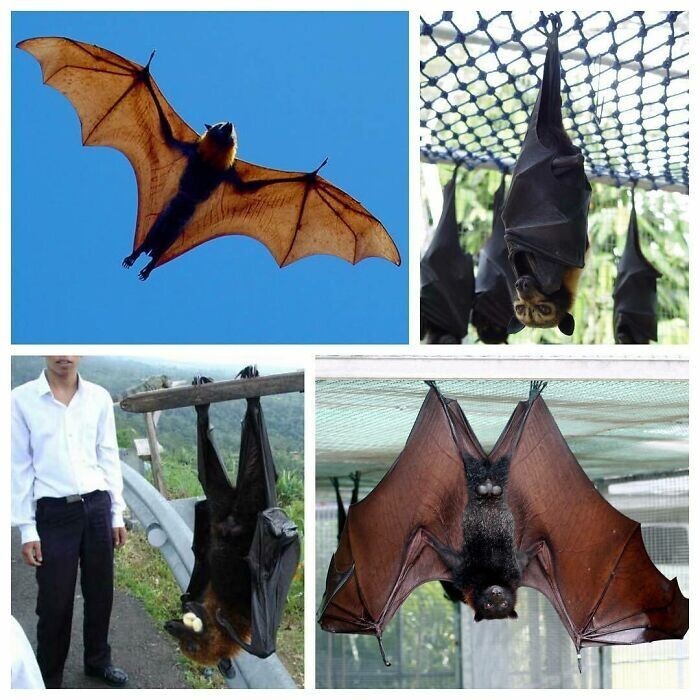
These are the largest bats in the world. They live in the tropics and subtropics of South and Southeast Asia, New Guinea, Oceania, Australia and in Madagascar. Compared to insectivorous bats, these fruit bats are relatively large and, with a few exceptions, do not navigate using echolocation. They are herbivores and rely on their sharp eyesight and sense of smell to find food.
23. Blue Dragon (Glaucus atlanticus) 
This gastropod mollusk, similar to a Gzhel souvenir, lives under a film of surface tension of water, floating upside down. He's good camouflaged: the blue side of the body blends into the blue of the water. The silvery gray side merges with the silvery surface of the sea. Blue dragons are common in the seas of all oceans of the tropical zone.
24. Starship (Condylura cristata) 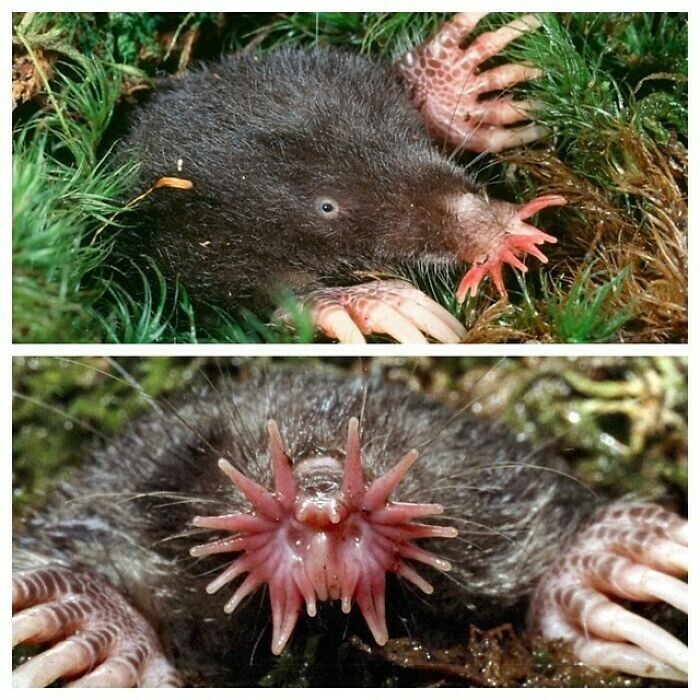
The starburst is a small mole that lives in damp, lowland areas. eastern Canada and the northeastern United States. It is easy to recognize him by twenty-two pink fleshy growths around the muzzle. It is a tactile organ with more than 25,000 tiny sensory receptors known as organs Eymer.
25. Living stone (Pyura chilensis) 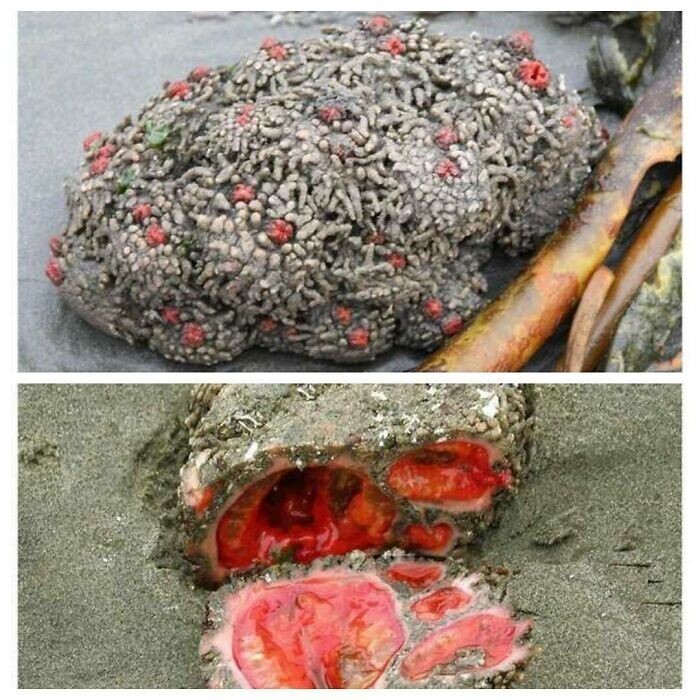
It's hard to believe, but these "stones" are living, breathing organisms. Their outer view allows them to blend into Chilean and Peruvian beaches and avoid predators. Pyura chilensis is a tunicate, somewhat resembling a mass organs inside the stone. And this thing is edible.






